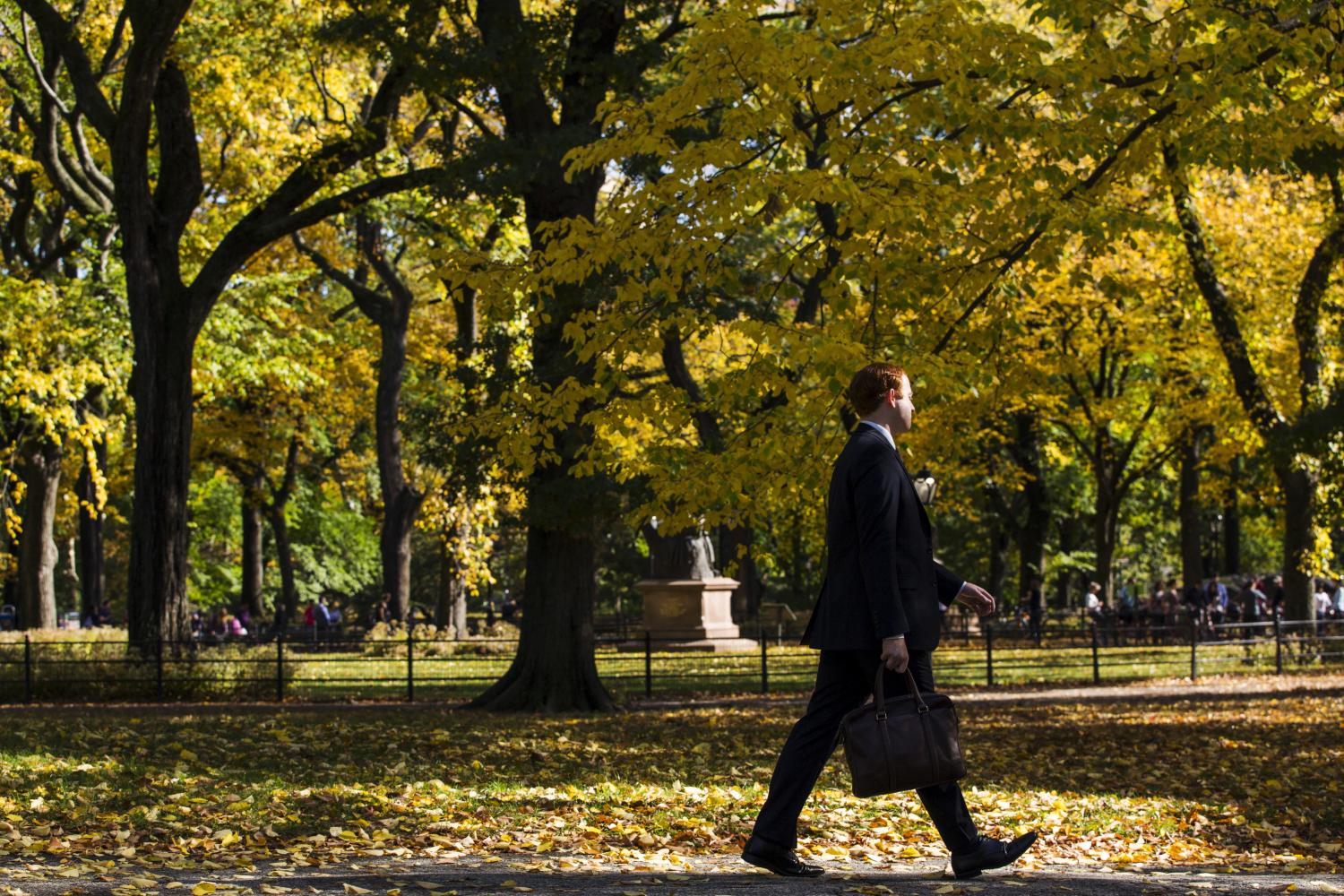WALK SCORE, a new Web site popular with urbanists and environmentalists (walkscore.com), rates places for their walkability—the ease of meeting daily needs on foot.
The popularity of the site is an indicator that how the American Dream plays out on the ground has been fundamentally changing over the last 10 to 15 years.
The Ozzie and Harriet drivable suburban version of the American Dream is being supplemented by the Seinfeld vision of “walkable urbanism.” Led by late-marrying young adults and empty-nester baby-boomers, many households are looking for the excitement and options living and working in a walkable urban place can bring. With almost nine of 10 new households over the next 20 years being singles or couples without children, this trend promises to continue.
A recent Brookings Institution survey of the largest 30 metro areas in the country identifies the 157 walkable urban places that play a regionally significant role. It also ranks the Top 30 metros in per capita number of walkable urban places. The Philadelphia metropolitan area ranks as the 13th highest on the number of walkable urban places per capita.
Certainly the many already revived downtowns like those in Denver, Washington, Portland, Seattle and San Diego are the most visible signs of the walkable urban trend. But there are many other places you might not suspect.
This includes the emergence of “downtown-adjacent” places like Chelsea and Union Square in New York, suburban town centers like Pasadena and Long Beach in the L.A. area and even built-from-scratch spots like Reston Town Center near Dulles Airport, 30 miles outside Washington.
A major benefit of walkable urban development is that it keeps and attracts young adults to the metro area, many of whom willingly trade crushing car commutes and high gas prices for lively walkable places to live and work.
Walkable urban places seem to attract the well-educated, the so-called “creative class.”
Approximately 26 percent of Americans over 25 have college degree – but 99 percent of the new residents moving to Center City this decade have a college degree.
Walkable urbanism increases the economic development potential of the metro area in the knowledge economy. If many of the Gen X-ers and the Millennial generations do not get this lifestyle, they’ll move to New York or Washington, depriving Philadelphia of the entrepreneurs it needs to grow.
Walkable urbanism is also essential to create sustainable places to live and work, reducing greenhouse-gas emissions. It is probable that walkable urban households emit less than half the greenhouse gas as driving suburban households – they walk more and unavoidably share heat with upstairs neighbors.
Center City and Society Hill are the most obvious, though not the only, locations of this trend in the Philadelphia region. The recent emergence of University City around Penn and Drexel, Manayunk and New Hope are other significant walkable urban places in the Delaware Valley.
Missing are additional places in the suburbs, particularly around commuter and subway stations.
Rail transit is crucial for walkable urbanism places to emerge.
The investment has already been made for this comprehensive, if underfunded, rail system. Building high-density, mixed-use places around these stations will fulfill pent-up market demand, promote economic growth, lower greenhouse emissions and even give their suburban neighbors a great place for a restaurant within walking distance.
Over the next few years, Philadelphia metro will no doubt see its ranking in the Brookings survey rise while more households will see their Walk Score numbers soar. Seinfeld is coming to Philadelphia. *
Leinberger is a visiting fellow at the Brookings Institution, professor at the University of Michigan and a limited partner in Arcadia Land Co., which has projects in the Philadelphia and Kansas City areas. His most recent book is “The Option of Urbanism: Investing in a new American dream” (Island Press, 2007).
The Brookings Institution is committed to quality, independence, and impact.
We are supported by a diverse array of funders. In line with our values and policies, each Brookings publication represents the sole views of its author(s).




Commentary
Op-edPhilly’s Many Walkable “Center Cities”
February 20, 2008